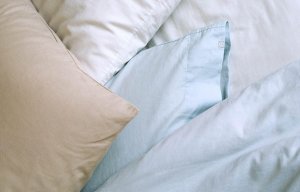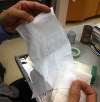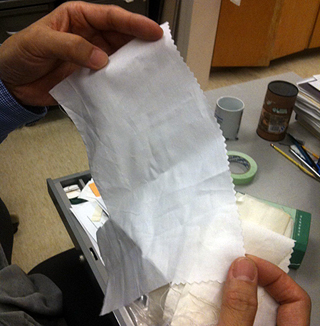
Silvon Home integrates Ionic+ across its range
Scientists at the University of California Davis (UC Davis) have developed a self-cleaning cotton fabric that they say can kill bacteria and break down toxic chemicals such as pesticide residues when exposed to light. "The new fabric has potential applications in biological and chemical protective clothing for health care, food processing and farm workers, as well as military personnel," said Ning Liu, who cond

4th October 2011
Innovation in Textiles
|
Davis, CA

Scientists at the University of California Davis (UC Davis) have developed a self-cleaning cotton fabric that they say can kill bacteria and break down toxic chemicals such as pesticide residues when exposed to light.
"The new fabric has potential applications in biological and chemical protective clothing for health care, food processing and farm workers, as well as military personnel," said Ning Liu, who conducted the work as a doctoral student in Professor Gang Sun's group in the UC Davis Division of Textiles and Clothing.
A paper describing the work was published on 1 September in the Journal of Materials Chemistry.
Liu developed a method to incorporate a compound known as 2-anthraquinone carboxylic acid, or 2-AQC, into cotton fabrics. The chemical is said to bond strongly to the cellulose in cotton, making it difficult to wash off, unlike current self-cleaning agents.
In addition, UC Davis says, unlike some other experimental agents that have been applied to cotton, it does not affect the properties of the fabric.
When exposed to light, 2-AQC produces so-called reactive oxygen species, such as hydroxyl radicals and hydrogen peroxide, which kill bacteria and break down organic compounds such as pesticides and other toxins, the scientists say.
Although 2-AQC is said to be more expensive than other compounds, the researchers say that cheaper equivalents are available.
The work was funded by the National Science Foundation, the U.S. Defense Threat Reduction Agency and the Jastro Shields Graduate Research Fellowship from the UC Davis College of Agricultural and Environmental Sciences.

Business intelligence for the fibre, textiles and apparel industries: technologies, innovations, markets, investments, trade policy, sourcing, strategy...
Find out more